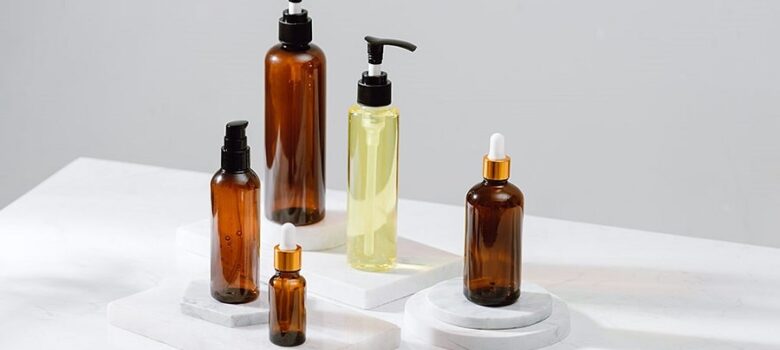
- Nov. 18
- Richard Parker
The Different Types of Containers Used for Cosmetics
When it comes to cosmetics, you will notice that they come in all kinds of containers. This is because wholesalers have a choice of them. They are produced with many factors in mind, from being eco-friendly to pleasing the eye of the customer to continuing the branding message that was started.
During this article, we will consider wholesale packaging for cosmetic products and the different types of containers used to keep them smelling sweet. There are many factors to consider when choosing wholesale cosmetic packaging, as you will discover from reading on. These factors will affect everyone coming into contact with the packaging, who will all have their views on it.
Safe Materials to Make Pots
A type of plastic will be used to manufacture cosmetic containers. The most commonly used plastic in cosmetic packaging is PP (Polypropylene). Other ones include PET and ones containing acrylic ingredients. Acrylic plastics will look like glass yet not break like it. This is a much safer option for those using the product. This is whether they bought it for themselves or are receiving it as a present. This is the case with many cosmetics, as they make the perfect present as a more personal gift. These safe plastics will come in various shades and tints, depending on the materials used to manufacture them. Pots will generally be found made out of these plastic alternatives.
Glass bottles do, however, have their advantages over plastics because of their strong barrier properties in terms of protecting contents. So, you will still see many high-end cosmetic products adopting glass as their first choice material. The texture of the glass is also considered better than a plastic alternative.
Eco-Friendly Materials
PP can be considered an eco-conscious choice. This is because it is not only recyclable but also BPA-free. BPA stands for bisphenol-A. This makes it a popular choice for cosmetic manufacturers and wholesalers who package the products. The material will be used for a range of cosmetics and products that take care of skin.
Flexible Materials to Make Flexible Tubes
PP, apart from being eco-friendly, is also a material that has a high degree of flexibility, so will be used to make squeezable tubes that contain cosmetic products such as creams.
Flexibility is vital where products are squeezed out to be applied. It is the easiest way of applying a cream, and the most hygienic too, compared to sticking fingers into a jar. This can prove harder, too, where the container is deeper than desired and with a narrower neck than is sensible to insert more than one finger into at a time. Users of products will want to apply them quickly in the morning, say before work, so convenience and ease in the kinds of packaging is everything. We also need to be mindful that the type of packaging does not encourage waste when not all of the remnants of products can be retrieved from cosmetic receptacles.
Lipstick Tubes
A lipstick tube will be made from either plastic or metal. It will be a cylindrical shape, as this works well in terms of a long length of lipstick normally screwed out, and then applied to the lips. The mechanism will typically mean twisting it with one hand and using the other in support. A lipstick’s ingredients will normally consist of waxes, oils, pigments, and some additives. There would seem no reason to change the way lipstick containers work or their size. They fit neatly into handbags.
Aluminium Tins
Aluminium or Aluminum is a safe material to make a tin out of for cosmetic use. It will be used in many applications that concern cosmetics. For instance, for use with spray bottles. This type of metal recycles well because it is free of corrosion and contaminants.
To summarise, there are many different types of containers used by wholesalers in the cosmetics industry and for a whole host of reasons. These can relate to safety, desirability, flexibility, and convenience. The good thing is that where plastics such as PP are used, they are recyclable. So, this satisfies the eco-friendly demands that are now being placed on industry, in terms of addressing issues of global warming and pollution.



